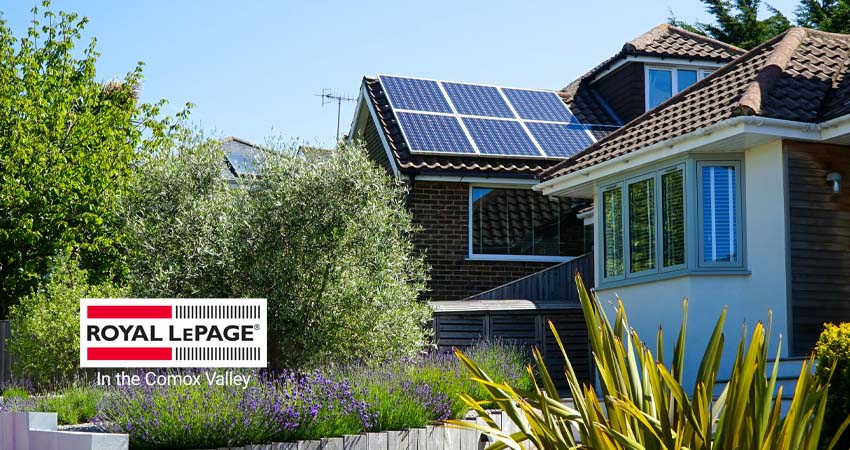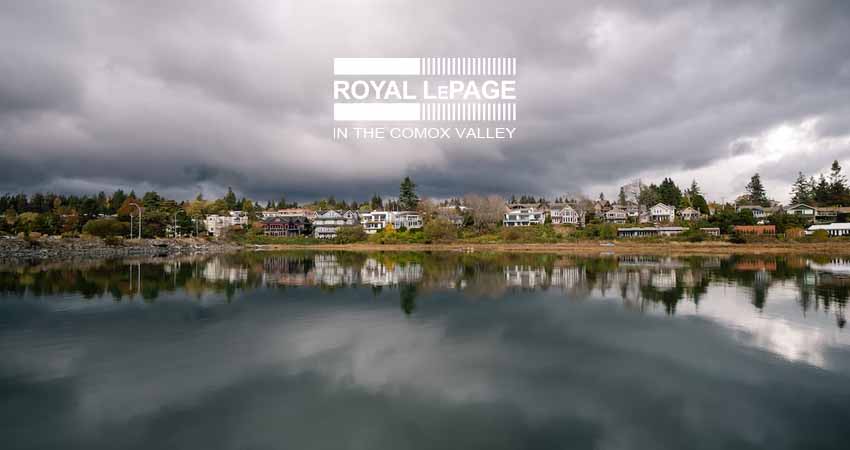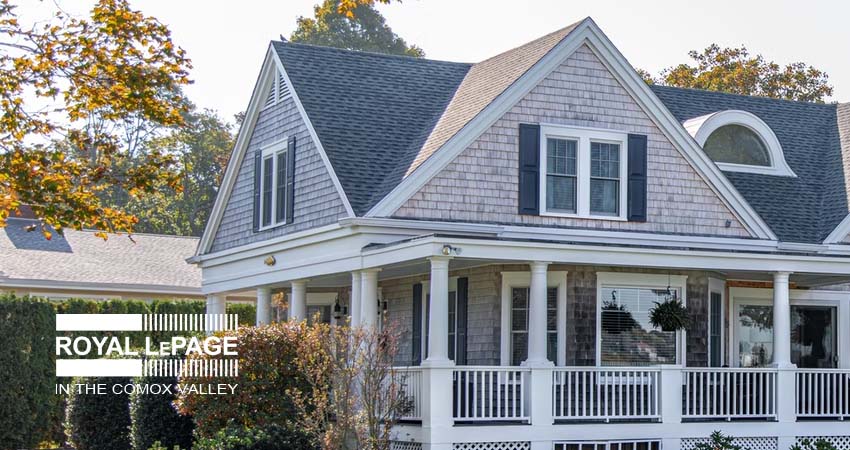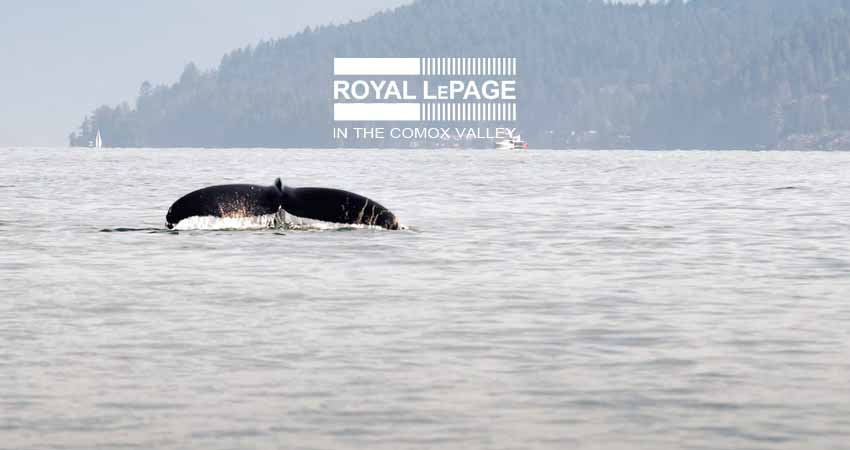Understanding the Impact of Extreme Heat on British Columbia’s Real Estate: A Focus on Comox Valley
British Columbia is no stranger to nature’s extremes, but recent years have seen unprecedented heatwaves that have left residents and experts alike questioning the future. Among the regions affected, Comox Valley stands out, not just for its scenic beauty and vibrant community, but also for how its real estate market is evolving in response to these climatic changes. This article explores the interplay between extreme heat and the real estate landscape in Comox Valley, offering insights for potential buyers and investors.
The Rising Heat: A New Normal for British Columbia
British Columbia’s weather patterns have shifted dramatically, with heatwaves becoming more frequent and intense. The summer of 2021 was a stark reminder, as temperatures soared to record-breaking highs, affecting the environment, economy, and daily life. These heatwaves are not isolated incidents but part of a larger trend linked to global climate change. The implications are vast, from health risks to infrastructure stress, and they inevitably ripple through the housing market.
Comox Valley: A Jewel Under the Sun
Nestled on the eastern coast of Vancouver Island, Comox Valley is renowned for its picturesque landscapes, outdoor activities, and a strong sense of community. Traditionally, the valley has enjoyed a temperate climate, making it a desirable place to live. However, the area’s real estate market is experiencing notable shifts as extreme heat becomes more common.
Climate’s Influence on Real Estate in Comox Valley

- Demand for Climate-Resilient Homes:
Homebuyers are increasingly prioritizing climate resilience in their search criteria. Properties with features like energy-efficient cooling systems, high-quality insulation, and heat-resistant landscaping are in higher demand. Builders and developers in Comox Valley are responding by incorporating these elements into new construction developments, making them more attractive to environmentally conscious buyers. - Shift in Buyer Demographics:
The extreme heat is influencing demographic trends in Comox Valley’s real estate market. Retirees, who have traditionally flocked to the region for its mild climate, are now more cautious. Meanwhile, younger families and professionals, who can adapt more easily to changing conditions, are becoming a more prominent buyer demographic. - Insurance and Maintenance Costs:
As temperatures rise, so do the associated costs of homeownership. Increased utility bills for air conditioning, higher insurance premiums due to the risk of heat-related damage, and the need for regular maintenance to combat the effects of extreme weather all contribute to the overall cost of living. Prospective buyers need to factor these considerations into their decisions. - Value of Outdoor Spaces:
Outdoor living spaces have always been a selling point in Comox Valley, but their value has surged amid the changing climate. Properties featuring shaded gardens, covered patios, and swimming pools are seeing increased interest. These features not only provide comfort but also enhance the property’s appeal and market value.
How Royal LePage REALTORS® Are Adapting to the New Reality of Extreme Heat

For real estate agents and brokers at Royal LePage in the Comox Valley, understanding and addressing the implications of extreme heat is crucial.
Here are some strategies we employ to help our buyers and sellers:
- Educating Clients:
Informing potential buyers and sellers about the impacts of extreme heat on properties can build trust and credibility. Providing data on energy-efficient homes, climate resilience measures, and cost implications can help our clients make better, more informed decisions. - Highlighting Resilient Properties:
Emphasize listings that feature climate-resilient designs and technologies. Use marketing materials to showcase how these homes are equipped to handle extreme heat, thus offering long-term value and comfort to buyers. - Encouraging Sustainable Practices:
Advocate for sustainable living practices among homeowners. Simple steps like installing solar panels, using drought-resistant plants in landscaping, and upgrading to energy-efficient appliances can make a significant difference in mitigating the effects of extreme heat. - Staying Informed:
Keep abreast of the latest research and trends in climate change and its impact on real estate. Being knowledgeable allows our agents to better serve their clients and adapt to the evolving real estate market landscape.
Looking Ahead: A Balanced Perspective on Extreme Heat
While extreme heat presents challenges, it also offers opportunities for innovation and growth in Comox Valley’s real estate market. By focusing on sustainability, resilience, and education, the community can adapt to the changing climate while maintaining its appeal as a desirable place to live.
For potential buyers, now is the time to invest in properties that not only meet current needs but are also equipped to handle future climatic shifts. For sellers and real estate professionals, highlighting the features and benefits of climate-resilient homes can set them apart in a competitive market.
The intersection of extreme heat and real estate in Comox Valley underscores the importance of forward-thinking and adaptability. As the climate continues to evolve, so too must our approach to living and thriving in this beautiful region. With the right strategies and mindset, Comox Valley can continue to be a vibrant, sustainable community for years to come.
If you’re looking for a REALTOR® who can help you with climate-minded real estate in Comox Valley then get in touch with us today!















Leave a Reply
Want to join the discussion?Feel free to contribute!